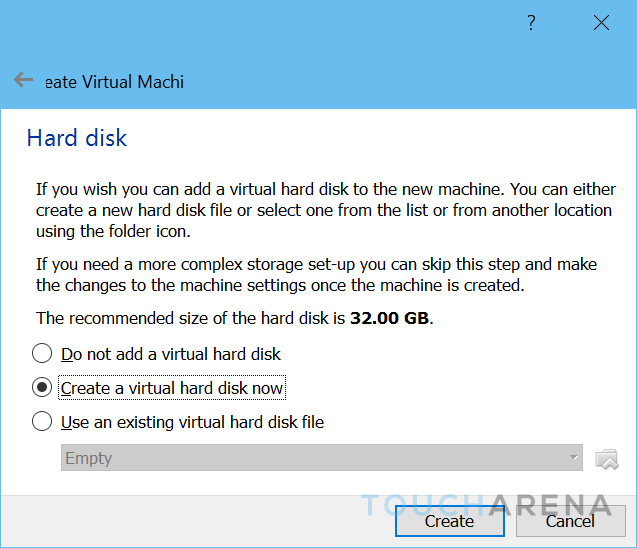
Where -c is the SDelete parameter to clean any free space. Where -z is the SDelete parameter to zero any free space.

So to zero-fill the virtual Windows disk, type the following at the DOS prompt: C:\> sdelete.exe -z SDelete (or Secure Delete) is a command line utility.

Windows does not come with a native utility to zero-fill unused space but you can find the excellent SDelete tool at Microsoft's TechNet: The most effective way to clean free disk space on a Windows drive is to overwrite the unused space with a bitstream of zeros or to zero-fill any free space. These garbage bits and bytes are from the contents of files that used to occupy that space but that are no longer there.

button.įollow the steps to defragment the virtual Windows disk.Īfter the disk has been defragmented, the virtual Windows drive will still have unused space containing garbage bits and bytes.

This is due to the image expanding every time a disk sector (virtual) is written to for the first time. Most users go for the dynamically expanding images in VirtualBox as they do not want to limit themselves to a small virtual disk size and at the same time do not want to waste disk space on their host while the guest doesn't actually need it.Īlthough these images will initially be very small and occupy minimal storage space, over time the images will grow. VirtualBox allows for flexible storage management by allowing for the creation of dynamically allocated guest images. It is a professional, enterprise grade solution that runs on Windows, Linux, Macintosh, and Solaris hosts. VirtualBox is a Net Reliant favorite when it comes to virtualization.


 0 kommentar(er)
0 kommentar(er)
